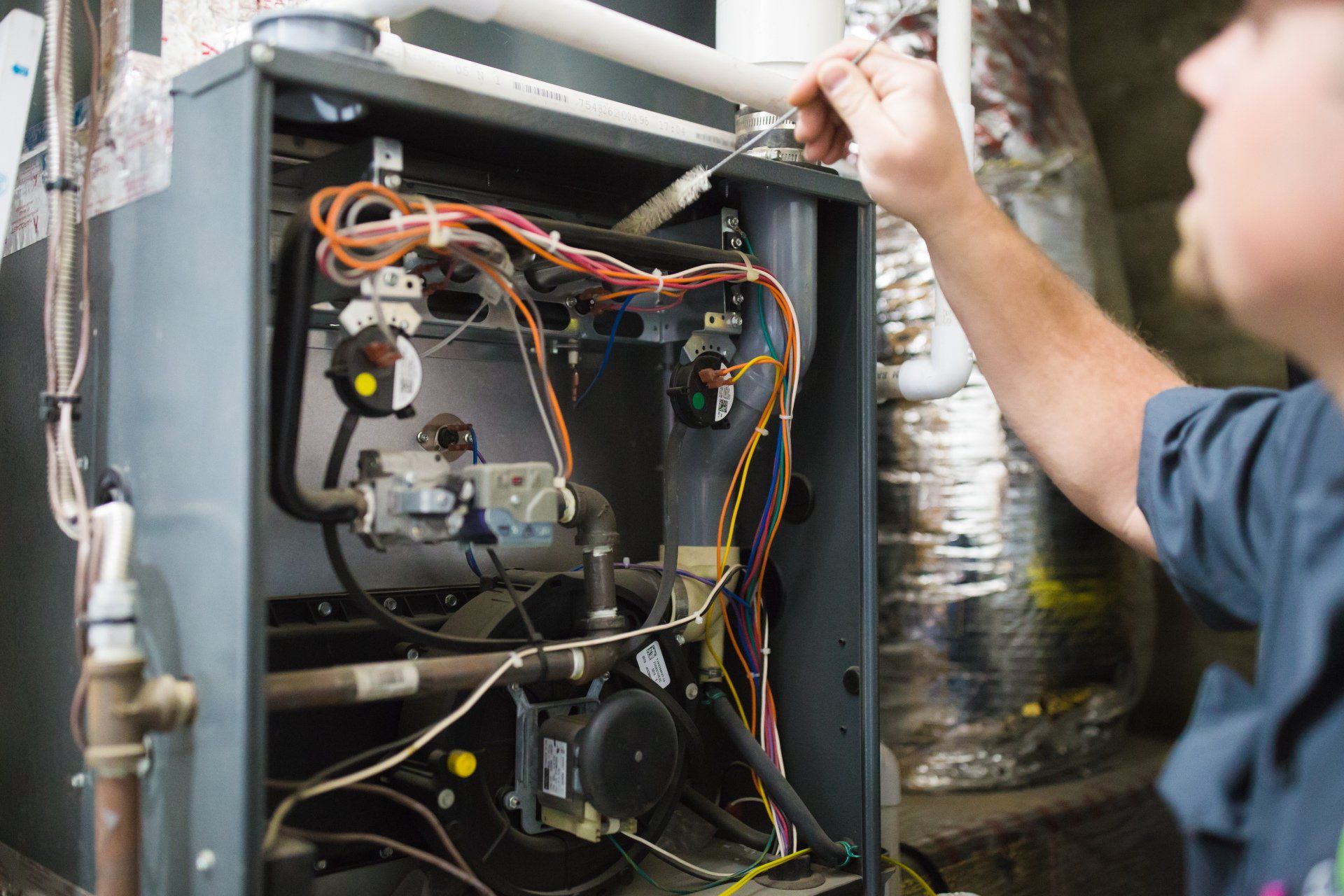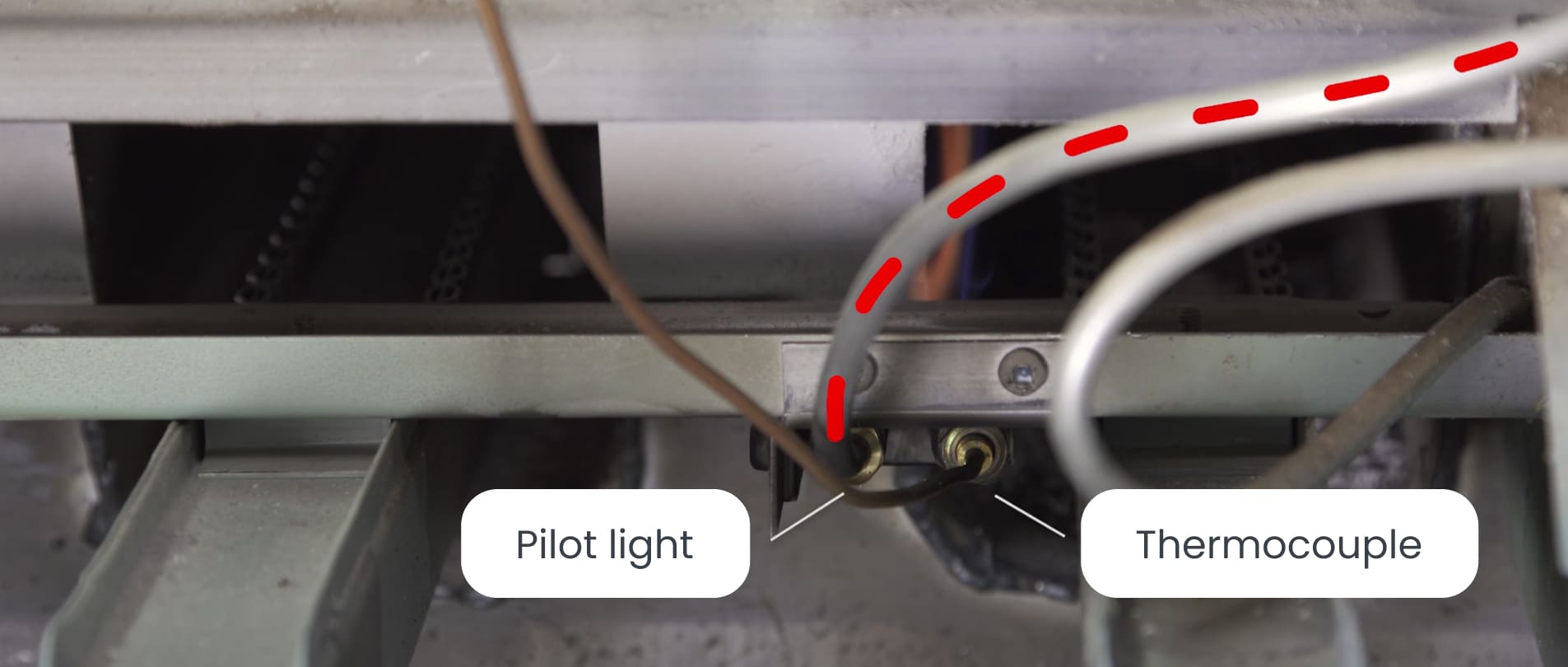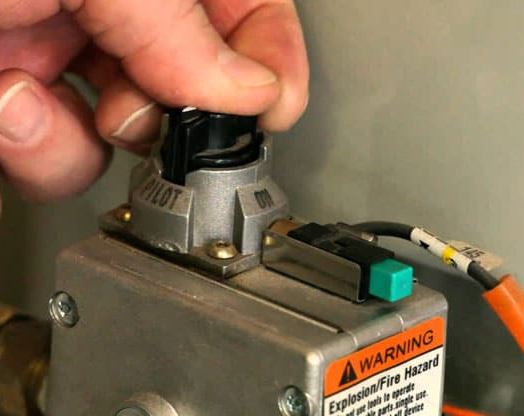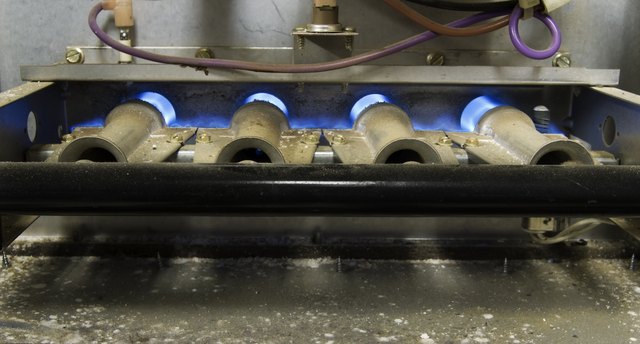Lighting The Pilot Light On A Furnace

Lighting Your Furnace Pilot Light: A Homeowner's Guide
A cold house and a silent furnace are never welcome. Before calling a professional, there's one simple check you can make: the pilot light. This guide provides a step-by-step approach to safely lighting your furnace pilot light. We'll cover everything from preparation to troubleshooting, helping you determine if it's a DIY fix or time to call a qualified HVAC technician.
Safety First!
Working with gas appliances requires caution. If you smell gas, STOP IMMEDIATELY. Evacuate your home and call your gas company or 911 from a safe location. Do not attempt to light the pilot light if you suspect a gas leak.
Warning: Never tamper with gas valves or wiring beyond the scope described in this guide. Incorrectly working with gas appliances can lead to dangerous situations, including explosions and carbon monoxide poisoning.
Tools and Materials You'll Need
- Screwdriver (flathead or Phillips, depending on your furnace)
- Flashlight or headlamp
- Lighter or long-reach match
- Owner's manual for your furnace (if available)
Steps to Lighting Your Furnace Pilot Light
1. Turn Off the Furnace
Locate the gas control valve on your furnace. It's usually near the bottom of the unit. Find the switch or knob labeled "ON/OFF/PILOT." Turn the knob to the "OFF" position. This will shut off the gas supply to the pilot light and burner.
2. Wait Five Minutes
Allow at least five minutes for any accumulated gas to dissipate. This is a crucial safety step.
3. Locate the Pilot Light Assembly
Remove the access panel(s) to the burner compartment. You may need a screwdriver. Consult your owner's manual for the exact location. The pilot light assembly is a small metal tube near the main burner.
4. Turn the Gas Valve to "PILOT"
After waiting five minutes, turn the gas control valve knob to the "PILOT" position. You will likely need to push down on the knob while turning it. Keep pressing down on the knob throughout the next step.
5. Light the Pilot Light
While continuing to push down on the gas control valve knob, use your lighter or long-reach match to ignite the pilot light. The pilot light is a small flame that burns constantly, even when the furnace is not actively heating. You should see a small flame ignite near the end of the pilot light tube.
6. Hold the Knob Down
Continue holding the gas control valve knob down for about 30-60 seconds after the pilot light ignites. This allows the thermocouple, a safety device, to heat up. The thermocouple senses the flame and keeps the gas valve open. If the thermocouple doesn't get hot enough, the gas valve will shut off, extinguishing the pilot light.
7. Release the Knob
After holding the knob down for 30-60 seconds, slowly release it. If the pilot light stays lit, you've successfully relit it! If the pilot light goes out when you release the knob, repeat steps 4-6. If it still won't stay lit, see the troubleshooting section below.
8. Turn the Gas Valve to "ON"
Once the pilot light is burning steadily, turn the gas control valve knob to the "ON" position. The furnace should now be ready to operate. Replace the access panel(s).
9. Test the Furnace
Turn up your thermostat to call for heat. The main burner should ignite after a short delay. If it does, congratulations! You've successfully relit your furnace.
Troubleshooting
If you're having trouble lighting or keeping the pilot light lit, here are some common issues and solutions:
- Pilot light won't light at all:
- No gas supply: Check that your gas supply is turned on.
- Clogged pilot light orifice: A clogged orifice can prevent gas from flowing to the pilot light. A professional HVAC technician can clean or replace the orifice.
- Faulty igniter: Some newer furnaces have electronic igniters instead of a pilot light. If the igniter is faulty, it won't spark to ignite the gas. A technician can diagnose and replace the igniter.
- Pilot light lights but goes out when you release the knob:
- Faulty thermocouple: This is the most common cause. The thermocouple is a safety device that senses the pilot light flame. If it's faulty, it won't keep the gas valve open. A faulty thermocouple is a common and relatively inexpensive repair.
- Dirty pilot light assembly: Dust and debris can interfere with the thermocouple's ability to sense the flame. A professional can clean the pilot light assembly.
- Pilot light flame is weak or yellow:
- Dirty pilot light orifice: A partially clogged orifice can result in a weak or yellow flame.
- Insufficient gas pressure: This could indicate a problem with your gas supply. Contact your gas company.
- Furnace doesn't ignite after relighting the pilot:
- Faulty flame sensor: The flame sensor detects the presence of the main burner flame. If it's faulty, it will shut off the gas supply to the burner.
- Blocked burner: A blocked burner can prevent the gas from igniting properly.
- Faulty gas valve: The gas valve controls the flow of gas to the burner. If it's faulty, it may not open to allow gas to flow.
When to Call a Professional
While lighting a pilot light is a relatively simple task, certain situations require a professional HVAC technician. Call a pro if:
- You smell gas, even after following safety precautions.
- The pilot light repeatedly goes out after being relit.
- You're uncomfortable working with gas appliances.
- You suspect a more complex issue with your furnace, such as a faulty gas valve, flame sensor, or heat exchanger.
- Your furnace is making strange noises.
Estimated Repair Costs
Here are some ballpark estimates for common furnace repairs:
- Thermocouple replacement: $100 - $250
- Flame sensor replacement: $100 - $250
- Gas valve replacement: $250 - $600
- Electronic igniter replacement: $150 - $400
- Furnace cleaning and tune-up: $100 - $300
These are just estimates, and the actual cost can vary depending on your location, the complexity of the repair, and the HVAC company you choose. Always get a written estimate before authorizing any repairs.
Preventative Maintenance
Regular maintenance can help prevent problems with your furnace and extend its lifespan. Consider these preventative measures:
- Schedule annual furnace tune-ups: A professional technician can inspect and clean your furnace, identify potential problems, and ensure it's operating safely and efficiently.
- Replace your air filter regularly: A dirty air filter can restrict airflow, causing your furnace to work harder and potentially overheat. Change your filter every 1-3 months, depending on the type of filter and the air quality in your home.
- Keep the area around your furnace clean: Dust and debris can accumulate around the furnace and interfere with its operation.
Understanding Your Furnace
Familiarizing yourself with the basic components of your furnace can help you troubleshoot minor problems and communicate effectively with HVAC technicians. Key components include:
- Gas valve: Controls the flow of gas to the burner.
- Burner: Where the gas is burned to produce heat.
- Heat exchanger: Transfers heat from the burner to the air.
- Blower fan: Circulates heated air throughout your home.
- Thermocouple: A safety device that senses the pilot light flame.
- Flame sensor: Detects the presence of the main burner flame.
- Electronic igniter: Used in newer furnaces to ignite the gas.
- Air filter: Removes dust and debris from the air.
By following these steps and tips, you can safely attempt to light your furnace pilot light and potentially save yourself a service call. Remember, safety is paramount. If you're ever unsure, don't hesitate to call a qualified HVAC professional. Regular maintenance and a basic understanding of your furnace can help keep your home warm and comfortable all winter long.


:max_bytes(150000):strip_icc()/checking-the-furnace-77890266-5c50db64c9e77c0001d76385.jpg)







